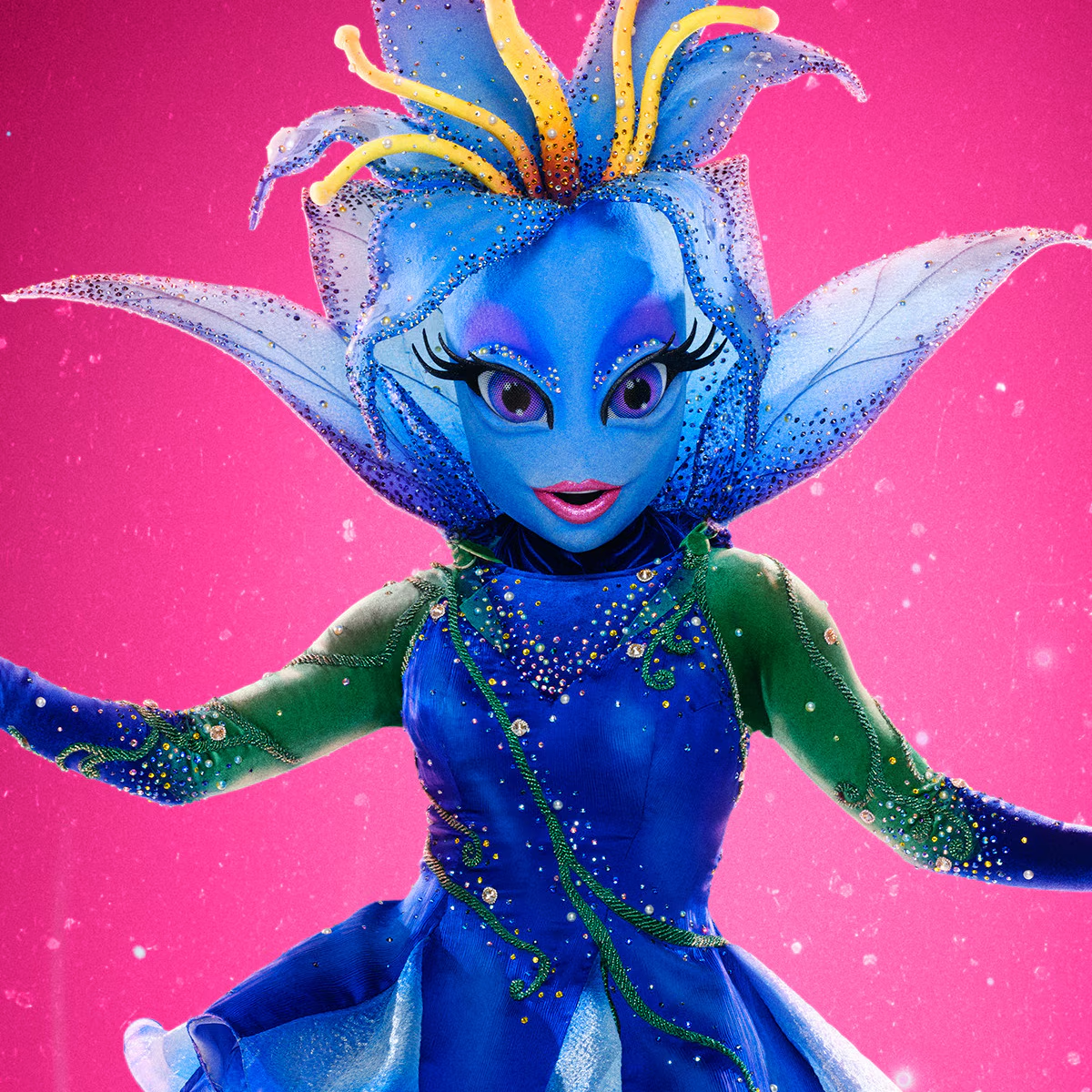The Ultimate Guide on How to Read Tarot Cards and Understand Their Meanings
There's no need to play your cards right when it comes to tarot.
In fact, it's best to go with the flow during readings. After all, it's a spiritual practice that can offer guidance and help you navigate specific areas in your life, such as health, relationships, career, finances and more.
"It's truly a healing modality rather than something to fear," tarot reader Kate Van Horn told E! News in an exclusive interview. "You can use tarot for creative inspiration or for conversation starters. It doesn't have to be predictive at all."
"If you want to take it down the path of divination, you can—but it's not required," she continued. "Know that it's an extension of your own energy and not any force around you or exterior influence."
But before you can reflect on what the tarot cards mean, you'll want to first understand how it works. With Kate's guidance, we're breaking down the basics of tarot reading, including how to best shuffle the cards, what questions to ask before drawing and how to handle cards with "negative" associations.
What are tarot cards?
"Tarot is a system of 78 cards that follows The Fool's Journey," Kate said. "The Fool is the main character of the tarot deck, and it's used for divination, storytelling and self-reflection."
According to the psychic, tarot cards date back to the 15th-century. "It began as a game," she revealed, "and over time, became more of a spiritual practice and an opportunity for people to reflect and look at it as like a self-care tool."
What is the best way to shuffle a tarot deck?
Although you can shuffle in a way that feels the most comfortable, Kate suggests keeping it simple.
"I hold the cards on one hand, and guide the cards to fall into each other, rather than doing a theatrical, Blackjack dealer shuffle," she noted. "But it's totally a personal preference. Some people create a ritual and it's sort of superstitious, like maybe shuffling the deck a certain number of times."
Should you cleanse your deck before pulling tarot cards?
The short answer? Yes.
"I recommend clearing the deck before pulling cards and shuffling," the Inner Tarot author encouraged. "How you do that is you knock on the deck to clear it of previous energy. There's also a specific order of the cards: From The Fool to the last card of the deck (The World). Clearing it by putting it back in its order is a nice way to reset it."
Other ways to cleanse your deck is to let it bathe under a full moon, or as Kate added, "You can also use smoke-clearing sage or place Selenite wands around your deck to protect it."
What are questions to ask yourself before pulling a tarot card?
"Get clear on the intention," Kate explained. "Is this to inspire a next step or an action? Is this to help make a decision? Is this to validate your feelings? It's a matter of: What is it that I'm hoping to gain from it, so that the cards can make the most sense?"
What tarot card spreads are best for beginners?
Before looking up spreads, take baby steps.
"If someone's really new, pulling one card a day is a great place to start," Kate said. "You'll familiarize yourself with the art and your reaction. And sit with it for a moment, like, 'How does this make you feel? What are you intuitively receiving?' Before even reading a guidebook, take a second to see what you pick up on."
From there, you can search for spreads online that resonate with you.
"I like the Three Card Spread: Stop, Start, Continue," she shared, "which really shows me a mindset or habit that I could let go of, what I can begin with that I'm not adding to my routine, to my practice or to my healing, and then, what is working well in the continue phase."
What happens if you pull a tarot card upside down?
Yes, this can happen after you shuffle. But don't fret just yet.
"Reversals are tough because tarot should never feel intimidating or overwhelming," Kate expressed. "If someone is still learning the upright meanings of the deck, throwing the reversals can feel like way too much. So, read everything upright. You can clarify with your guides to see what the upright meaning is."
However, if you want to honor the reversal, it can add perspective to your current situation.
"It adds a lot of new meaning and more detail to your pulls," she noted. "Know that they're not here to confuse you, they're actually validating something that feels off, or inauthentic or something that needs an adjustment."
How can you learn to read tarot cards and interpret their meanings?
"Pulling one card a day and journaling is one way to understand how your experiences are related to the tarot cards," Kate shared. "And it's nice to validate and recognize when that's happening. And then there's other cards you're going to want to study in more depth because they don't connect with you."
If you're stuck on what the cards mean, Kate advises doing it with friends to get their take.
"Because we struggle to read our own cards, they might see something you're pulling and say, 'I've really seen that in you or I've observed you tend to do XYZ,'" she said. "It's nice to get confirmation from another person."
Which tarot cards are the best to pull for romance, career, health and finance?
The Sun: "It's a really optimistic and positive card all-around. It's a good vibes card."
The Empress: "This is really beautiful, especially for women who are pulling, because it can bring a creative, embodied, confidence state.
Aces: "The Aces are really exciting because many of us are looking for new energy and new opportunities when we pull tarot. So, those show invitations from spirits and that opportunities are on the horizon."
The Pentacles Suit: The Ten of Pentacles and Nine of Pentacles, these are cards related to the physical, luxury, self-care, stability, abundant health, abundant finances."
How can you deal with "negative" tarot cards?
"What I love about tarot is there's no avoidance," Kate explained. "By recognizing and sitting with an uncomfortable energy, we actually move through it faster. Nothing delays progress more than avoidance or stagnation. Although it can be alarming to pull The Death card or The Tower card, it's also really validating to be like, 'I'm in it and I'm gonna get through it.'"
She added, "And you get to ask the follow up questions: 'How can I support myself through this difficult chapter?'"
What rituals can you do during your tarot reading?
While setting the mood is fun, like lighting a candle or having crystals by your side, Kate rather you focus on your feelings—not your surroundings.
"I recommend taking a couple deep breaths and grounding your body because you're bringing the energy into the reading," she noted. "So, it's more important to slow down, compared to having a big, fancy ritual—which is also wonderful and fun—but you'll want to set yourself up for an empowered pull."
What are the takeaways of tarot reading?
"Don't approach becoming a tarot reader or having a deck of cards that it's something to master," Kate said. "It's always changing; it's always going to challenge you. And the sooner you get out of the mindset of wanting to be good at it and let it be more of a free flow, it's going to be a lot more rewarding."
For the latest breaking news updates, click here to download the E! News AppDisclaimer: The copyright of this article belongs to the original author. Reposting this article is solely for the purpose of information dissemination and does not constitute any investment advice. If there is any infringement, please contact us immediately. We will make corrections or deletions as necessary. Thank you.







